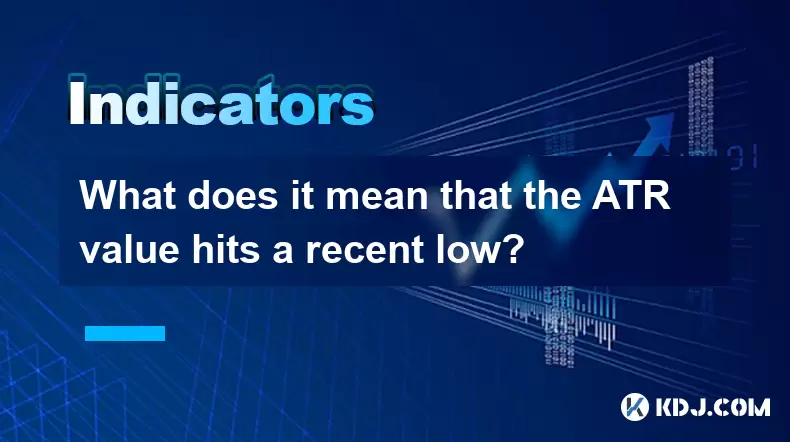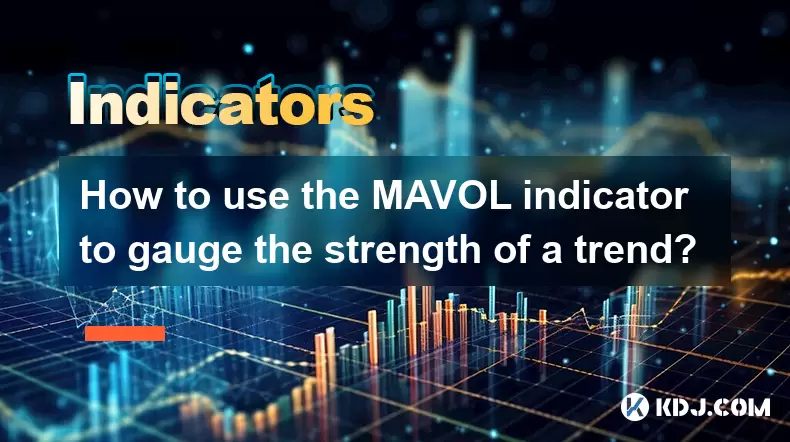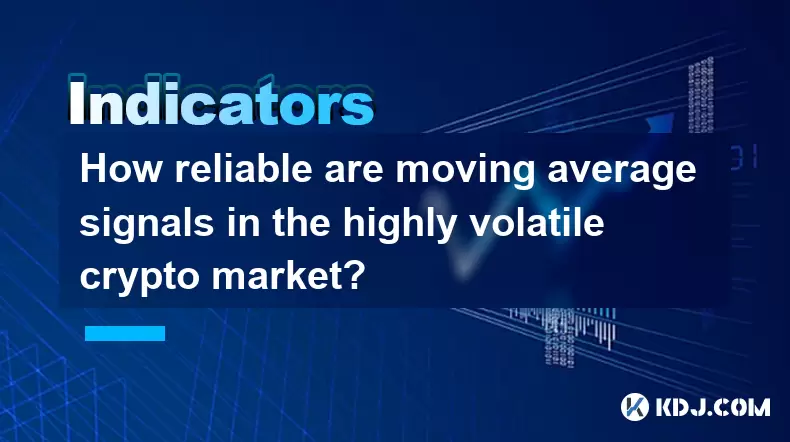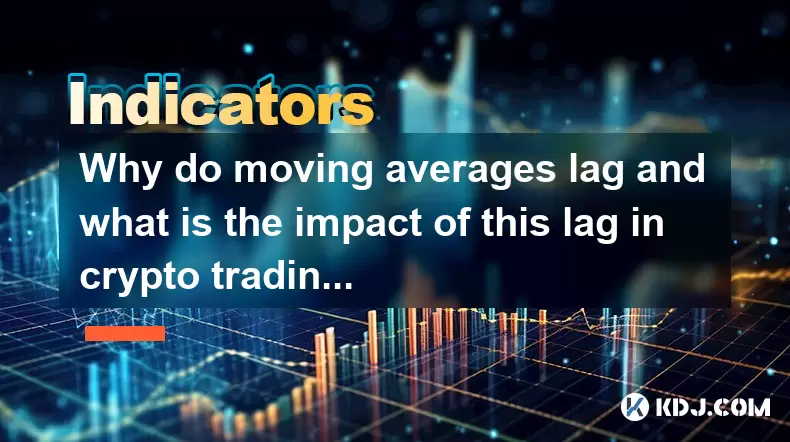-
 Bitcoin
Bitcoin $118400
0.47% -
 Ethereum
Ethereum $3836
2.20% -
 XRP
XRP $3.157
2.98% -
 Tether USDt
Tether USDt $0.9999
-0.03% -
 BNB
BNB $801.5
1.31% -
 Solana
Solana $180.9
2.07% -
 USDC
USDC $0.9999
-0.02% -
 Dogecoin
Dogecoin $0.2225
2.50% -
 TRON
TRON $0.3285
-1.02% -
 Cardano
Cardano $0.7789
2.60% -
 Hyperliquid
Hyperliquid $43.60
2.39% -
 Sui
Sui $3.892
4.41% -
 Stellar
Stellar $0.4229
3.34% -
 Chainlink
Chainlink $18.01
3.98% -
 Hedera
Hedera $0.2745
6.77% -
 Bitcoin Cash
Bitcoin Cash $582.3
3.38% -
 Avalanche
Avalanche $23.77
1.04% -
 Ethena USDe
Ethena USDe $1.001
0.01% -
 Toncoin
Toncoin $3.493
3.59% -
 Litecoin
Litecoin $110.0
2.48% -
 UNUS SED LEO
UNUS SED LEO $8.936
-0.37% -
 Shiba Inu
Shiba Inu $0.00001304
2.49% -
 Uniswap
Uniswap $9.999
1.09% -
 Polkadot
Polkadot $3.897
3.26% -
 Monero
Monero $308.6
-0.83% -
 Dai
Dai $0.9999
-0.01% -
 Bitget Token
Bitget Token $4.504
-0.04% -
 Pepe
Pepe $0.00001154
2.95% -
 Cronos
Cronos $0.1471
3.06% -
 Ethena
Ethena $0.6691
19.53%
What does it mean that the ATR value hits a recent low?
When Bitcoin's ATR hits a recent low, it signals shrinking volatility, often preceding a major breakout—tight ranges may soon give way to explosive moves.
Jul 30, 2025 at 06:50 am

Understanding the ATR Indicator in Cryptocurrency Trading
The Average True Range (ATR) is a technical analysis indicator used to measure market volatility. Developed by J. Welles Wilder Jr., the ATR does not indicate price direction but instead reflects the degree of price volatility. In the context of cryptocurrency trading, where price swings can be extreme, understanding ATR becomes crucial for risk management and position sizing. The ATR calculates the average range between high and low prices over a specified number of periods, typically 14. When traders observe that the ATR value hits a recent low, it signals a contraction in volatility. This means that the price movements of a cryptocurrency, such as Bitcoin or Ethereum, have become less erratic over the observed timeframe.
A lower ATR value suggests that the recent trading range—difference between the high and low prices—has narrowed. This can occur during consolidation phases, where buyers and sellers reach a temporary equilibrium. In such periods, price action tends to move sideways within a defined range. For traders, recognizing this shift helps in adjusting strategies, especially those dependent on volatility, such as breakout or momentum trading.
Interpreting a Recent Low in ATR Values
When the ATR value hits a recent low, it indicates that the asset is experiencing reduced volatility compared to previous periods. This could follow a prolonged trend or a sharp price movement that has now settled. For example, after a significant rally or dump in a cryptocurrency like Solana, the market may enter a consolidation phase. During this time, the ATR gradually declines, reflecting smaller intraday price ranges. The key insight here is that low ATR values often precede periods of increased volatility. Markets rarely remain in low-volatility states indefinitely. A compression in price range may build energy for a future breakout.
Traders monitor ATR not in isolation but in conjunction with price charts. If the price is moving in a tight range while the ATR drops, it may suggest accumulation or distribution by large market participants. The recent low in ATR can act as a warning sign: a breakout could be imminent, either upward or downward. This makes it a valuable tool for setting stop-loss levels or preparing for volatility expansion strategies.
How to Identify a Recent Low in ATR Using Trading Platforms
To determine whether the ATR value hits a recent low, traders can use various cryptocurrency trading platforms such as TradingView, Binance, or MetaTrader. The process involves several steps:
- Open the price chart of the desired cryptocurrency (e.g., BTC/USDT).
- Navigate to the indicators section and search for “Average True Range” or “ATR.”
- Apply the ATR indicator to the chart with the default period of 14, or adjust based on strategy.
- Observe the ATR line below the main price chart, which fluctuates over time.
- Use horizontal lines or visual markers to identify recent peaks and troughs in the ATR.
- Compare current ATR readings with those from the past 20 to 50 periods to confirm a recent low.
Most platforms allow customization of the ATR display, including color changes for easier identification of declining values. Some traders overlay the ATR on price charts using scaling techniques to correlate volatility with price action directly. The recent low should be evaluated in context—was it preceded by high volatility? Is the price in a clear range? These factors help confirm the signal’s reliability.
Strategic Implications of a Low ATR in Crypto Markets
A recent low in ATR has direct implications for trading strategies, particularly in the highly volatile cryptocurrency space. Traders who rely on volatility-based systems may reduce position sizes during low ATR periods, as breakouts are less likely to sustain. Conversely, mean-reversion traders might find opportunities in range-bound markets, buying near support and selling near resistance.
Breakout traders, however, watch low ATR conditions closely. A compressed ATR often acts as a coiled spring. When the price eventually breaks out of its range, volatility tends to spike, causing the ATR to rise sharply. This is especially common before major news events, halvings, or macroeconomic announcements affecting crypto markets. Placing pending orders (buy stop above resistance, sell stop below support) can capitalize on such moves.
Risk management also adjusts under low ATR conditions. Stop-loss levels can be tightened since price swings are smaller, allowing for more precise entries and exits. However, traders must remain cautious—tight stops may be triggered by minor fluctuations before a real breakout occurs. Using a multiple of the current ATR (e.g., 1.5x ATR) to set stop distances helps avoid premature exits.
Common Misinterpretations of ATR Lows
A frequent misunderstanding is equating a low ATR with a bearish signal. In reality, ATR measures volatility, not trend direction. A cryptocurrency can have a low ATR while in a strong uptrend if price advances steadily without large pullbacks. Similarly, a downtrend with gradual declines may also show low ATR. The key is distinguishing between volatility and momentum.
Another misconception is assuming that a low ATR guarantees an immediate breakout. While historically many breakouts follow low volatility periods, the timing is uncertain. Markets can remain in low-volatility consolidation for extended durations. Relying solely on ATR without confirming price structure or volume can lead to false signals.
Additionally, the recent low must be evaluated relative to the asset’s typical volatility profile. For instance, stablecoins like USDC naturally exhibit low ATR values, making such readings less meaningful. In contrast, a sudden drop in ATR for a high-beta altcoin like Dogecoin carries more significance.
Practical Example: ATR Low in Bitcoin (BTC)
Consider a scenario where Bitcoin has risen sharply over two weeks, followed by a period of sideways movement between $60,000 and $62,000. Over the next ten days, daily price ranges shrink—highs and lows are closer together. During this phase, the 14-period ATR on the daily chart declines from 2,500 to 800. This ATR value hits a recent low, indicating reduced volatility.
Traders observing this may anticipate a breakout. If volume increases and price closes above $62,000, the ATR begins to rise, confirming expanding volatility. A long position entered on the breakout, with a stop-loss placed 1.5x the current ATR (1.5 × 800 = 1,200) below entry, balances risk and potential reward. This practical application demonstrates how low ATR readings serve as volatility alerts, not directional signals.
FAQs
What timeframes are best for observing ATR lows in crypto trading?
The 1-hour, 4-hour, and daily charts are most effective. Shorter timeframes like 1-minute or 5-minute can show frequent ATR fluctuations, making recent lows less reliable. The daily chart provides clearer signals for swing and position traders.
Can ATR be used with other indicators to confirm low volatility?
Yes. Combining ATR with Bollinger Bands or the Chaikin Volatility Indicator enhances accuracy. When Bollinger Bands contract and ATR reaches a recent low, it strengthens the case for a volatility squeeze.
Does a low ATR always lead to a breakout?
No. While low ATR often precedes breakouts, continuation of consolidation is possible. Confirmation through price closing beyond key levels and volume analysis is essential before acting.
How do I adjust my trading strategy when ATR is at a recent low?
Reduce position size if trading momentum strategies. Prepare for breakouts by setting conditional orders. Avoid aggressive entries until volatility expands and direction is confirmed.
Disclaimer:info@kdj.com
The information provided is not trading advice. kdj.com does not assume any responsibility for any investments made based on the information provided in this article. Cryptocurrencies are highly volatile and it is highly recommended that you invest with caution after thorough research!
If you believe that the content used on this website infringes your copyright, please contact us immediately (info@kdj.com) and we will delete it promptly.
- Ozak AI: Can This Underdog Crypto Achieve a Bull Run to $1?
- 2025-07-31 22:30:12
- Coinbase Breach: Navigating Insider Risk and Bolstering Security
- 2025-07-31 23:11:55
- Bitcoin Rebounds, WeWake Presale Gains Traction: What's the Buzz?
- 2025-07-31 22:30:12
- Bitcoin, Altcoins, and Volume Watchlists: Decoding the Crypto Landscape
- 2025-07-31 23:11:55
- Tron, Fartcoin, and BlockchainFX: What's Trending (and What's Not) in the Crypto World
- 2025-07-31 21:32:19
- Bitcoin, Corporate Investments, and Sustainability: A New Era or Fleeting Fad?
- 2025-07-31 20:50:14
Related knowledge

How can you use the MACD histogram to determine trend strength?
Jul 31,2025 at 11:10pm
Understanding the MACD Histogram and Its ComponentsThe MACD (Moving Average Convergence Divergence) histogram is a visual representation of the differ...

How to use the MAVOL indicator to gauge the strength of a trend?
Jul 31,2025 at 09:57pm
Understanding the MAVOL Indicator in Cryptocurrency TradingThe MAVOL indicator, short for Moving Average of Volume, is a technical analysis tool widel...

How reliable are moving average signals in the highly volatile crypto market?
Jul 31,2025 at 08:36pm
Understanding Moving Averages in Cryptocurrency TradingMoving averages (MAs) are among the most widely used technical indicators in the cryptocurrency...

How to choose the right moving average for a specific cryptocurrency?
Jul 31,2025 at 10:29pm
Understanding the Role of Moving Averages in Cryptocurrency TradingMoving averages are foundational tools in technical analysis, widely used by crypto...

Why do moving averages lag and what is the impact of this lag in crypto trading?
Jul 31,2025 at 08:07pm
Understanding the Concept of Moving Averages in Crypto TradingMoving averages are among the most widely used technical indicators in cryptocurrency tr...

What is a Golden Cross in crypto and what does it signify?
Jul 31,2025 at 10:36pm
Understanding the Golden Cross in Cryptocurrency MarketsThe Golden Cross is a technical analysis pattern widely observed in cryptocurrency trading. It...

How can you use the MACD histogram to determine trend strength?
Jul 31,2025 at 11:10pm
Understanding the MACD Histogram and Its ComponentsThe MACD (Moving Average Convergence Divergence) histogram is a visual representation of the differ...

How to use the MAVOL indicator to gauge the strength of a trend?
Jul 31,2025 at 09:57pm
Understanding the MAVOL Indicator in Cryptocurrency TradingThe MAVOL indicator, short for Moving Average of Volume, is a technical analysis tool widel...

How reliable are moving average signals in the highly volatile crypto market?
Jul 31,2025 at 08:36pm
Understanding Moving Averages in Cryptocurrency TradingMoving averages (MAs) are among the most widely used technical indicators in the cryptocurrency...

How to choose the right moving average for a specific cryptocurrency?
Jul 31,2025 at 10:29pm
Understanding the Role of Moving Averages in Cryptocurrency TradingMoving averages are foundational tools in technical analysis, widely used by crypto...

Why do moving averages lag and what is the impact of this lag in crypto trading?
Jul 31,2025 at 08:07pm
Understanding the Concept of Moving Averages in Crypto TradingMoving averages are among the most widely used technical indicators in cryptocurrency tr...

What is a Golden Cross in crypto and what does it signify?
Jul 31,2025 at 10:36pm
Understanding the Golden Cross in Cryptocurrency MarketsThe Golden Cross is a technical analysis pattern widely observed in cryptocurrency trading. It...
See all articles

























































































